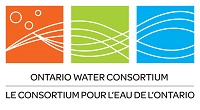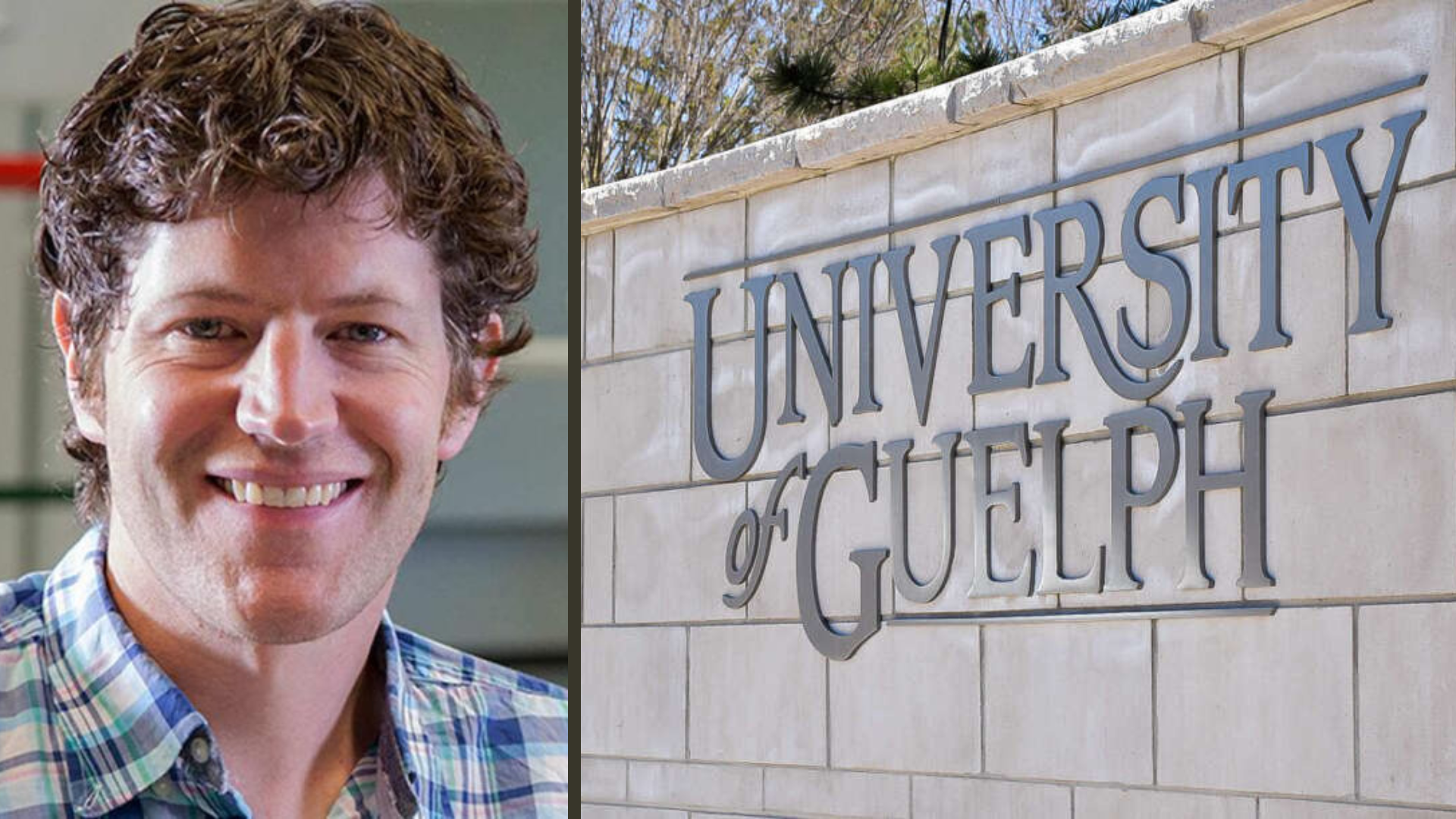Waterborne pathogens pose significant risks to public health, from drinking water contamination to recreational waterborne diseases. Addressing these risks requires cutting-edge research and strong industry partnerships, precisely what Dr. David McCarthy, the Canada Excellence Research Chair (CERC) in Waterborne Pathogens: Surveillance, Prediction, and Mitigation at the University of Guelph, aims to accomplish. With a distinguished career in Australia and a track record of impactful research, Dr. McCarthy is now setting his sights on transforming Ontario’s water safety landscape.
A Passion for Microbial Science and Public Health Protection
Dr. McCarthy’s passion for water research began in his early academic years when he studied wastewater treatment and became fascinated with the role of microbes in improving water quality. Over time, his research evolved to focus on understanding how pathogens move through water systems, how they can be monitored more effectively, and how mitigation efforts can be better targeted.
“One of the biggest lessons I learned early in my career,” Dr. McCarthy explains, “was that sometimes we were mitigating the wrong sources. We would implement solutions and see no real improvement in water quality years later. That drove me to focus on identifying the true sources of contamination before attempting mitigation.”
His work now centers on surveillance, prediction, and mitigation—three interconnected pillars aimed at reducing public health risks associated with contaminated water sources.
Cutting-Edge Innovations in Pathogen Surveillance and Prediction
A significant focus of Dr. McCarthy’s work is on advancing sensor technology and automated sampling methods. His team is developing new real-time water quality sensors, which can detect critical changes in water conditions and send immediate alerts. This capability has already proven invaluable in his previous work in Australia and USA, where a sensor network identified industrial wastewater contamination in real-time, enabling authorities to respond swiftly.
Beyond sensors, Dr. McCarthy’s team is pioneering automated and passive sampling devices that can capture contaminants over time, reducing reliance on cumbersome water collection methods. These technologies were instrumental in tracking SARS-CoV-2 in wastewater during the COVID-19 pandemic, helping public health officials refine their response strategies.
“During the pandemic, our sampling devices allowed us to pinpoint localized outbreaks, enabling targeted lockdowns rather than citywide restrictions,” he recalls. “A simple, inexpensive device had a massive impact on public health policy.”
On the modelling side, Dr. McCarthy’s research uses machine learning and predictive analytics to forecast pathogen movement through complex water systems. By simulating mitigation strategies before they are implemented, he hopes to provide decision-makers with more accurate, data-driven solutions for protecting public health.
Strengthening Industry Partnerships for Real-World Impact
Collaboration is at the heart of Dr. McCarthy’s research philosophy. He believes that engaging with industry, government agencies, and environmental organizations is critical to ensuring that academic research translates into practical solutions.
“In my experience, research is most impactful when it directly addresses industry and regulatory needs,” he explains. “Building trust with partners takes time, but it leads to long-term collaboration, policy influence, and tangible improvements in water management.”
To accelerate these partnerships in Canada, Dr. McCarthy is working closely with the Ontario Water Consortium (OWC). OWC’s extensive network in the water innovation sector is helping him navigate Ontario’s water industry landscape and establish connections more quickly than would otherwise be possible.
“Breaking into a new market can take years, especially when it comes to building trust,” he notes. “OWC has already built strong relationships, and I see their role as a key enabler in helping me integrate into the research and industry ecosystem here in Ontario.”
The Future of Waterborne Pathogen Research and Its Global Impact
Looking ahead, Dr. McCarthy envisions a growing role for IoT (Internet of Things) technologies and advanced pathogen detection methods. His team at the University of Guelph is at the forefront of integrating real-time monitoring with AI-driven data analysis, allowing for faster, more precise identification of contamination sources.
“There’s still so much we don’t know about how pathogens interact with their environments,” he says. “By leveraging AI and IoT technologies, we can enhance surveillance and mitigation strategies in ways that weren’t possible even a decade ago.”
Additionally, his research will focus on optimizing nature-based treatment solutions, such as wetlands and biofilters, which use natural processes to remove pathogens from water systems. His goal is to improve the design and real-time operation of these systems to enhance their efficiency and scalability.
Dr. McCarthy’s work has the potential to reshape global approaches to waterborne pathogen management, ensuring safer water for drinking, recreation, and ecosystem health. With a world-class team in development, strong industry collaborations, and a passion for translating research into real-world impact, his contributions to Ontario’s water sector, and beyond, are just beginning.
Join the Conversation
Dr. McCarthy and his team are actively seeking collaborations with industry partners, government agencies, and fellow researchers. If you are interested in partnering or learning more about his research, reach out through the Ontario Water Consortium or University of Guelph.


